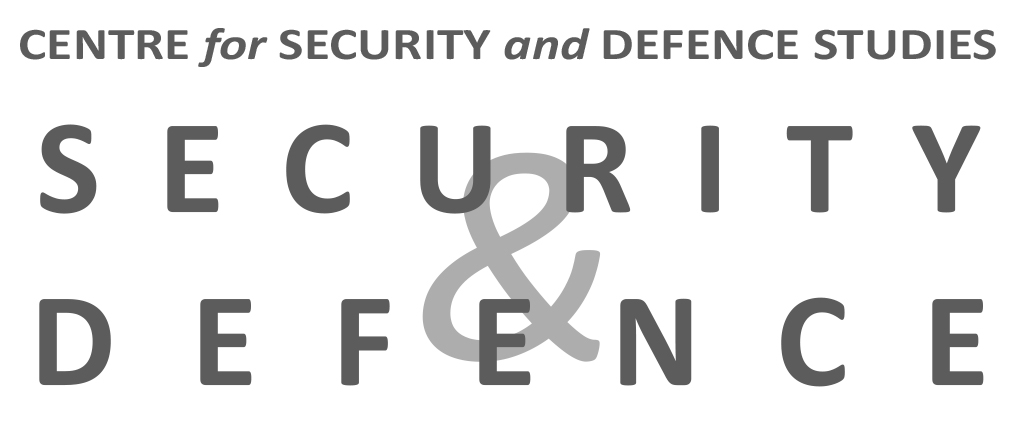
The New START treaty is the cornerstone of the balance of strategic forces between the United States and Russia: it governs the negotiated reduction of the two main nuclear powers’ arsenals. Structured around measures limiting the deployment of warheads and delivery systems according to strictly defined categories, the New START treaty has the particular merit of providing for strategic exercise notification procedures as well as a system of mutual inspections. Negotiations about the New START treaty were difficult, but eventually, the Treaty was signed in 2010. Subsequently, in 2020, at the height of the COVID 19 pandemic, inspections had come to a halt and talks about extending the Treaty beyond the 5 February 2021 expiry date were expected to fail. Indeed, several options were discussed, such as including conventional and new strategic weapons or extending the scope of the Treaty to third countries. However, given the geopolitical context, both the United States and Russia settled for more pragmatism and, on 3 February 2021, limited the renewal of the Treaty to a simple five-year extension with new ceilings. The deteriorating political climate between Washington and Moscow in the aftermath of the Russian invasion of Ukraine nevertheless sealed the fate of New START. In his State of the Nation address to the Federal Assembly on 21 February, Russian President Vladimir Putin announced that he would have to suspend Russia’s participation in the New START treaty with the United States. This analysis will focus on the factors leading to this decision and the possible consequences of this suspension.
Download the e-Note 48Research lines: Security and defence architecture; Defence capabilities and technologies; Eurasia
© U.S. Air Force Airman 1st Class Spencer Perkins (36th Wing Public Affairs)

